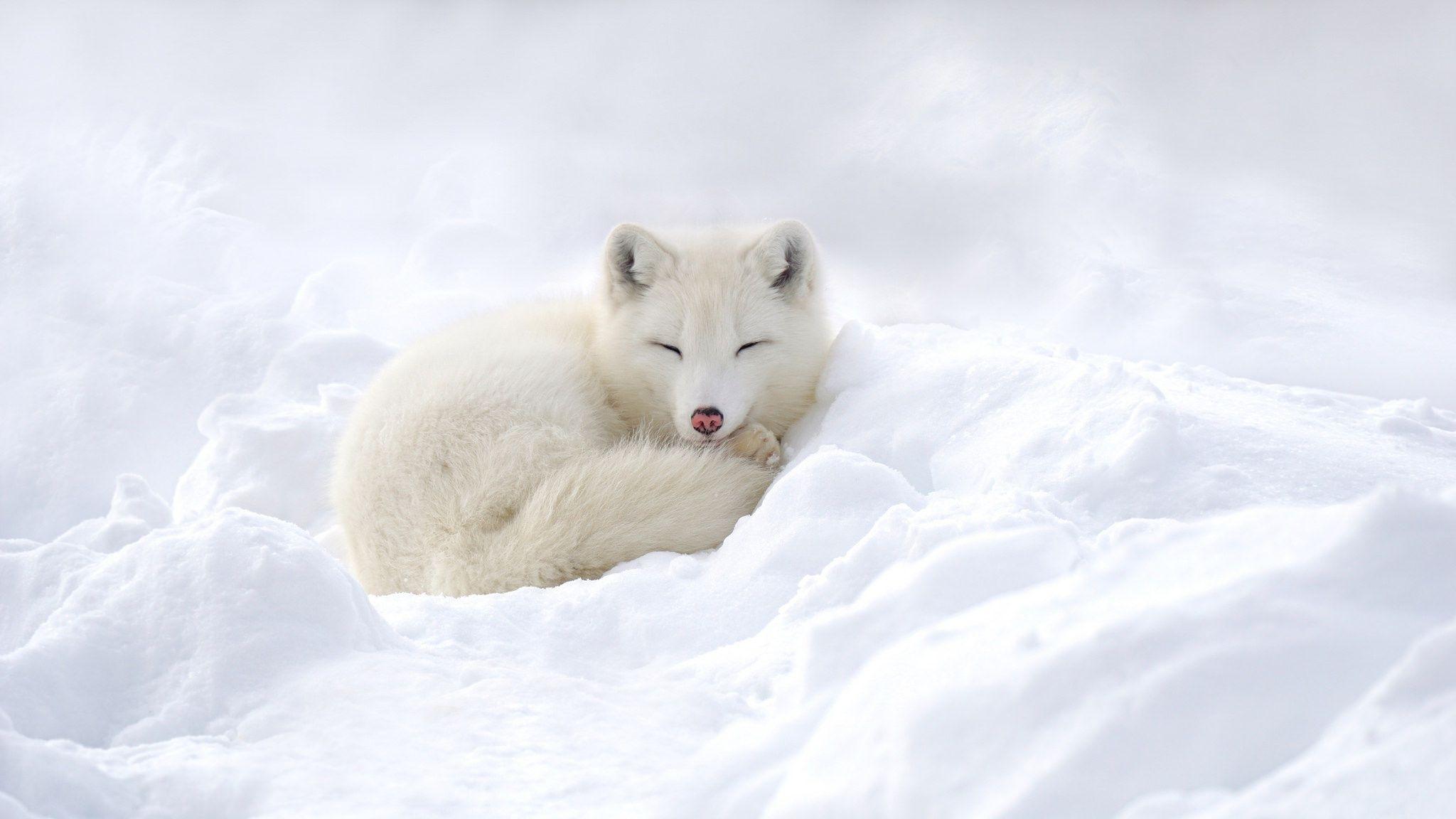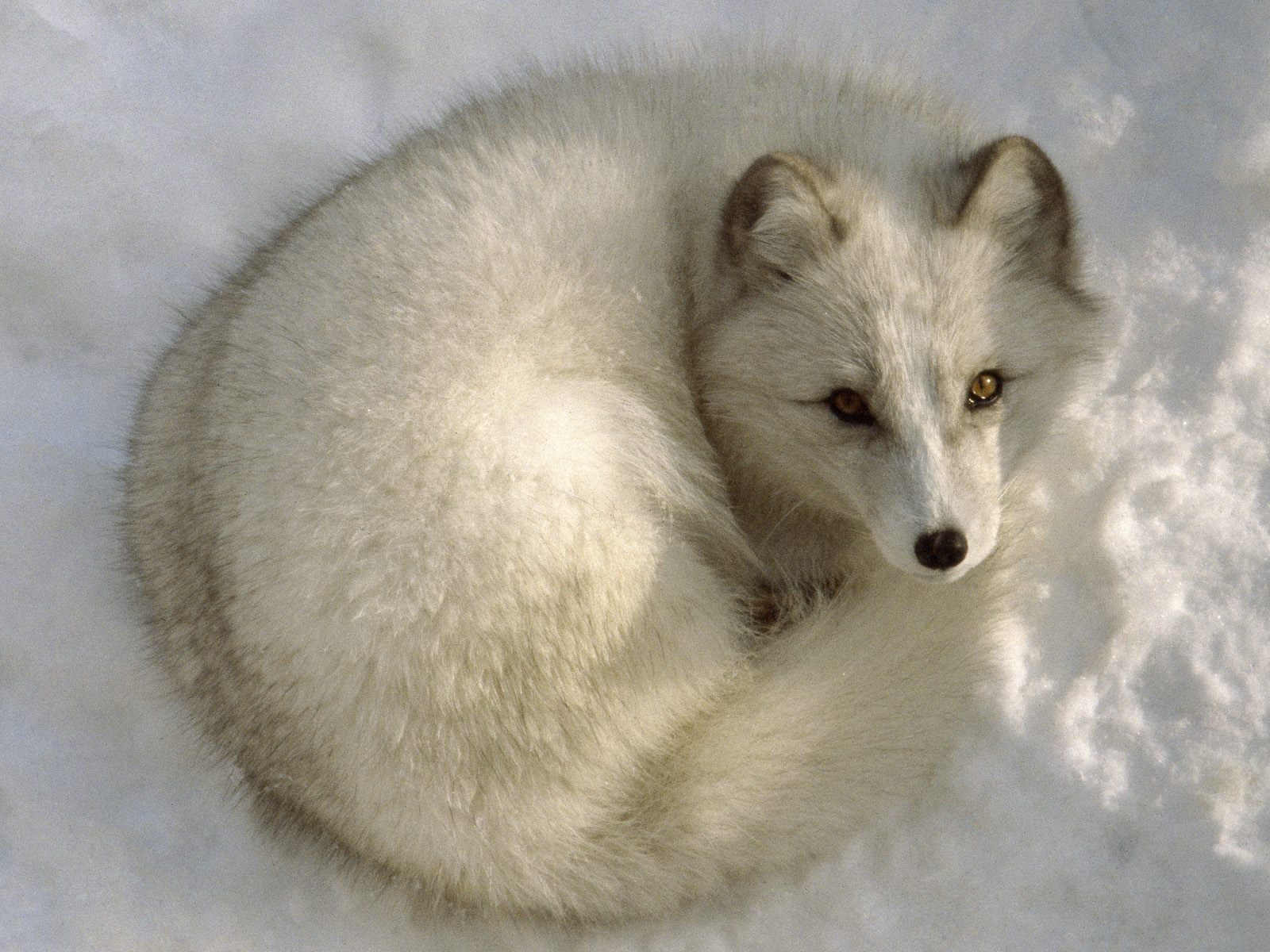White Fox is a term that evokes images of grace, mystery, and an intriguing connection to nature. This beautiful creature, often found in cold regions, symbolizes adaptability and cunning. The white fox, or Arctic fox, is not just an animal; it represents a rich tapestry of cultural significance, ecological importance, and a remarkable survival story amidst the challenges of climate change. In this article, we will explore the various facets of the white fox, including its biology, habitat, cultural significance, and conservation efforts. Join us as we delve into the world of this fascinating creature.
As we navigate through the complexities of the white fox's existence, we will uncover how this animal has captured the imaginations of many cultures and continues to play a vital role in its ecosystem. The white fox is not merely a symbol of winter; it is a testament to resilience in the face of adversity. Understanding the white fox is crucial, not only for wildlife enthusiasts but also for anyone who appreciates the delicate balance of our natural world.
In the following sections, we will provide a comprehensive analysis of the white fox, ensuring that you leave with a deeper appreciation for this remarkable animal. From its unique adaptations to survive in harsh climates to its representation in folklore, the white fox is a creature worth learning about. Let's embark on this journey of discovery together!
Table of Contents
- Biology and Characteristics of the White Fox
- Habitat and Distribution
- Cultural Significance of the White Fox
- Conservation Status and Efforts
- Interesting Facts About the White Fox
- Challenges Faced by the White Fox
- Myths and Legends Surrounding the White Fox
- Conclusion
Biology and Characteristics of the White Fox
The white fox, scientifically known as Vulpes lagopus, is one of the most fascinating members of the Canidae family. This small fox is characterized by its thick, white fur, which provides insulation against the freezing temperatures of its habitat. Here are some key biological traits:
- Size: Adult white foxes typically weigh between 6 to 24 pounds and measure about 18 to 30 inches in length.
- Adaptations: The white fox has a round face, short muzzle, and small ears, all adaptations that help minimize heat loss.
- Fur Color: In winter, their fur is pure white, providing camouflage against the snow, while in summer, their fur changes to a brownish-gray to blend in with the tundra.
Reproduction and Lifecycle
White foxes are monogamous and typically mate during the spring. After a gestation period of about 52 days, the female gives birth to a litter of 5 to 10 kits. The kits are born blind and rely heavily on their mother for nourishment and protection during the first few weeks of life. As they grow, the kits learn essential survival skills from their parents, such as hunting and foraging.
Habitat and Distribution
The white fox is predominantly found in the Arctic regions, including parts of Alaska, Canada, Greenland, and Siberia. They thrive in tundra environments, which are characterized by harsh winters and short summers. Their habitat includes:
- Arctic tundra: A cold, treeless region where the ground is often frozen.
- Coastal areas: White foxes can often be seen near the coast, where they hunt for marine life.
- Glacial regions: They are also adapted to living near glaciers, where they can find shelter in rocky crevices.
Diet and Hunting Behavior
White foxes are opportunistic feeders and have a varied diet that includes:
- Small mammals such as lemmings and voles.
- Birds and their eggs.
- Insects, berries, and carrion when food is scarce.
They are skilled hunters, using their keen sense of hearing to locate prey beneath the snow. Their hunting behavior often involves pouncing on their prey from a distance, showcasing their agility and speed.
Cultural Significance of the White Fox
The white fox holds a prominent place in various cultures and mythologies around the world. In many indigenous cultures, the white fox is revered as a symbol of wisdom, adaptability, and cunning. Some key cultural aspects include:
- Folklore: In various Arctic and Native American legends, the white fox is often depicted as a trickster figure, embodying cleverness and resourcefulness.
- Art and Literature: The white fox has inspired countless works of art, stories, and poems, often representing beauty and the harsh realities of nature.
- Spiritual Significance: For some cultures, the white fox is considered a spiritual guide that teaches important life lessons about survival and resilience.
Modern Representations
In contemporary society, the white fox continues to be a popular motif in fashion, branding, and media. Its striking appearance and symbolic meanings make it a favored choice for various products and artistic expressions.
Conservation Status and Efforts
The conservation status of the white fox is of great concern, particularly due to the impacts of climate change and habitat loss. Here are some key points regarding its conservation:
- Population Decline: The white fox population has been threatened by changing environmental conditions, especially the melting of Arctic ice.
- Conservation Programs: Various organizations are working to protect the white fox's habitat and raise awareness about the importance of preserving this species.
- Research Initiatives: Ongoing studies are being conducted to better understand the white fox's behavior, ecology, and responses to climate change.
How You Can Help
Individuals can contribute to conservation efforts by:
- Supporting organizations dedicated to wildlife preservation.
- Participating in local conservation activities.
- Educating others about the importance of protecting the white fox and its habitat.
Interesting Facts About the White Fox
Here are some intriguing facts about the white fox that you might not know:
- The white fox is known for its remarkable ability to survive extreme cold, withstanding temperatures as low as -58°F (-50°C).
- They have a unique adaptation where they can change the color of their fur based on the season, providing effective camouflage.
- White foxes have a specialized diet that allows them to thrive in environments where food sources are limited.
Challenges Faced by the White Fox
Despite their adaptability, white foxes face numerous challenges, including:
- Climate Change: As temperatures rise, their habitat is shrinking, and food sources are becoming scarce.
- Human Encroachment: Urbanization and industrial activities disrupt their natural habitats.
- Predation: Increased competition with other predators, such as wolves and polar bears, poses a threat to their survival.
Efforts to Mitigate Challenges
Conservationists are working tirelessly to address these challenges through research, habitat restoration, and public education campaigns aimed at promoting awareness about the white fox's plight.
Myths and Legends Surrounding the White Fox
Throughout history, various myths and legends have been associated with the white fox. Some common themes include:
- Trickster Archetype: In many cultures, the white fox embodies the qualities of a trickster, often outsmarting other animals and humans.
- Symbol of Change: The white fox is often seen as a harbinger of change, representing adaptability and transformation.
- Guardians of the Arctic: Some cultures view the white fox as protectors of the Arctic landscape, emphasizing their role in maintaining balance in nature.
Conclusion
In conclusion, the white fox is a remarkable
Who Is Laurence Fox's Girlfriend? A Deep Dive Into His Personal Life
Understanding Flagrant: A Comprehensive Guide
The Fascinating World Of Seven Sided Shapes: Understanding Heptagons


